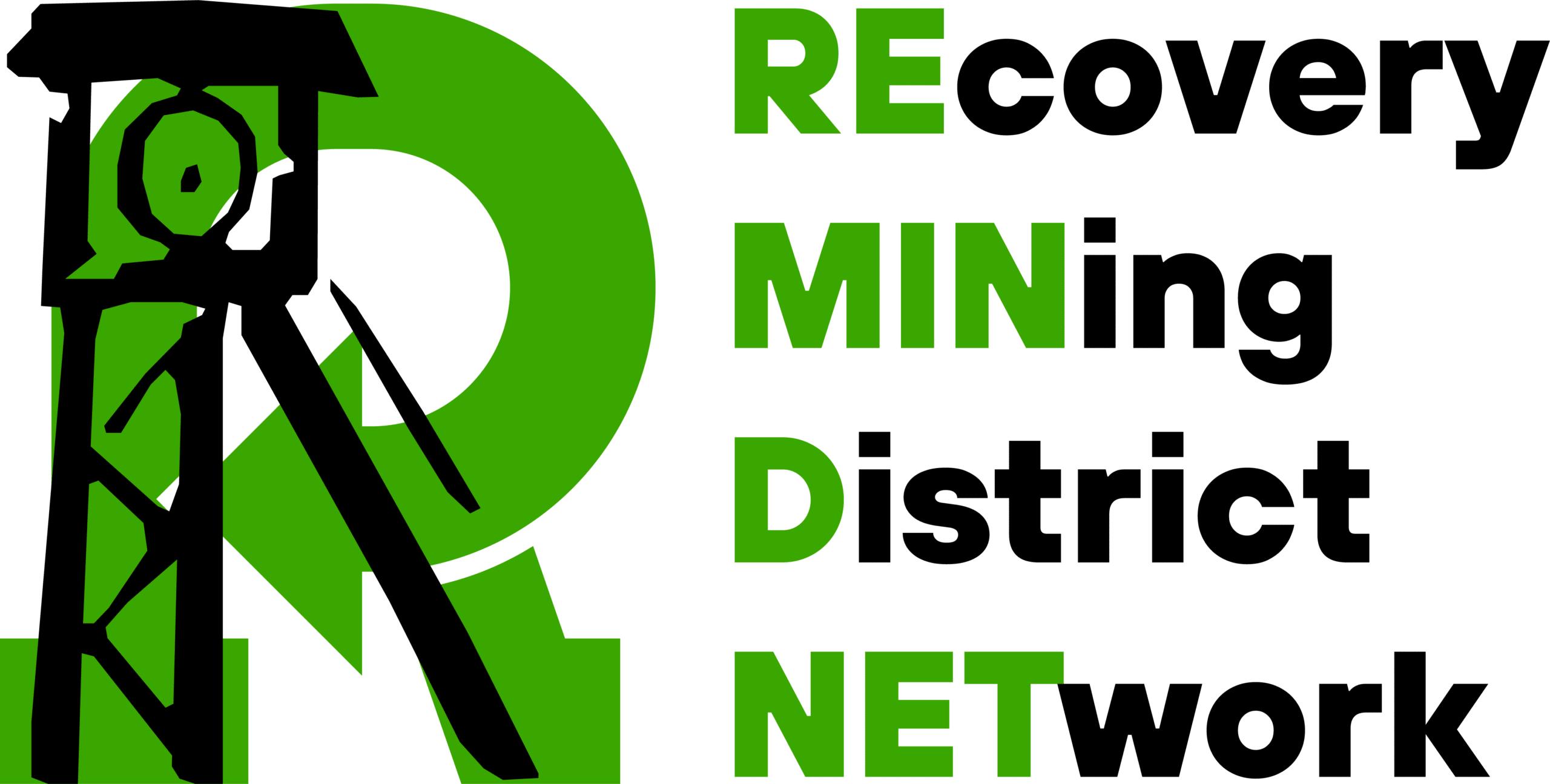Working groups
The Action consist of five working groups
WG 1
WG 1
Government and management practices
This Working Group will investigate the different legislation, governance and management practices in the European mining countries. The members of the Action regard a comparative and transnational understanding of the local implementation of the management of raw materials’ extraction legacy as an indispensable underpinning to the Action. The main objective is to define a government structure and management tools for the management of raw materials’ extraction legacies. The key stakeholders will be mining and other authorities.
Therefore, two subgroups will be established. Subgroup 1 will analyse the legislative aspects in the respective countries in Europe and internationally and compare them. They will determine strengths and weaknesses of the legislation and governance practices and determine obstacles. Subgroup 2 will focus on the implementation of the legislation and management practices. The participants in this subgroup will examine the respective authorities and bodies for the implementation, the relevant procedures and management tools. Like the work in Subgroup 1, the members of this subgroup will also determine the strengths and weaknesses and the obstacles. The leader of the subgroups will report to the leader of this Working Group.
WG 2
WG 2
Socio-economic aspects and financing
This Working Group will work on the socio-economic aspects of post-closure and on the financing of mine legacies. Main objectives are to define a sustainable financing model for the management of legacies and to integrate Community Development strategies and methods towards a just socio- economic transition.
Two subgroups will be created: The first subgroup will analyse socioeconomic effects by collecting data from the regions, such as population, employment and skills profile, business sector, unemployment rates and the reduction of income. The members of this subgroup will also collect data about the coping strategies, such as the allocation of welfare benefits to the affected individuals and training and re-skilling opportunities. In addition, they investigate the community involvement practices to come up with a strategy for good community involvement to help the mining companies and authorities to integrate the community needs into their practice. The other subgroup will analyse the different financing models, elaborate on their advantages and disadvantages and obstacles and their influence on the socio-economic situation in a region. Key stakeholders are financial institutions like EBRD or World Bank, authorities and different mining associations. The leader of the subgroups will report to the leader of this Working Group.
Prof Peter SCHWENDNER
WG2 Group Leader
- scwp@zhaw.ch
WG 3
WG 3
Environmental monitoring and risk management and use of abandoned mines
This Working Group will focus on the rehabilitation, monitoring and risk management of the different environmental aspects of raw materials’ extraction legacies. The main objective is to map best practices for mine site rehabilitation including tailings and dumps reprocessing and provide cost- effective monitoring methods and risk management tools. The key stakeholder will be the different mining associations, companies and NGO. Throughout the COST Action duration, data on raw materials’ extraction legacies will be compiled by the actors in this WG and visualised on QGIS resulting in an EU-wide assessment of mine legacies.
In this Working Group the following 4 subgroups will be established: Subgroup 1 focuses on mine water, Subgroup 2 on tailings management, Subgroup 3 on waste dumps and Subgroup 4 on brownfield rehabilitation. The actors in each subgroup will identify the risks associated with each topic and relevant monitoring techniques (from satellite imaging to in-situ technologies), discuss their pro and cons and give recommendations for their usage in risk management. In addition, technology gaps will be identified which will be the base for new research activities.
Prof Vancho ADJISKI
WG3 Group Leader
- vanco.adziski@ugd.edu.mk
WG 4
WG 4
Training and capacity building
WG 4 will have overall responsibility for planning the doctoral training workshops, ensuring early career investigator participation across the Action, and developing digital content and “good practice guides.” Moreover, WG 4 will be charged with organising training events for annual Action meetings, which will encourage cross-disciplinary learning and input from the experts. WG 4 will support the STSM coordinator in the strategic planning and practical management of the missions. WG 4 will also be charged with acting as an ethics committee if any ethical issues associated with network activities arise during the life of the Action. Emphasis will be put to utilise VR/AR/MR technologies and applications and to transfer them in new educational applications like the mergecube (https://mergeedu.com/cube)
Dr Marwan Al Heib
WG4 Group Leader
- marwan.alheib@ineris.fr
WG 5
WG 5
Dissemination and communication, Project Management
WG 5 will be chaired by the Science Communication Manager. It will have overall responsibility for updating and implementing the dissemination plan, managing the website and associated social media channels, retaining editorial oversight of all published materials and digital content, organising the scientific and the final conference respectively. Particular attention will be devoted to offering early career and ITC and NNC scholars central roles in the scientific publication process.
Furthermore, the members of the MC will work on the internal project coordination, follow up on the achievements of the objectives and enlarge the network.
Ms Iva MITEVA
WG5 Group Leader
- iva.i.miteva@gmail.com

